Sanqing Palace, located in the blessed land of Sanqing sitting in the middle of the North-South axis slightly to the right facing north, was the center of ancient architectures in Sanqingshan. During the East Jin-Ping (357~361), GE Hong-Kai, along with Li Shangshu settled to practice Alchemy here. In Tang Dynasty, Laozi palace temple was built and reputed as the promised land of Sanqing. In Yuan Dynasty, Sanqing Temple was built with stone statures of Sanqing Shi, GE Xian, Li Shangshu, golden boy and girl, and General Pan etc. Sanqingshan Travels wrote by Lu Qiyuan in Yuan Dynasty cited that "Going slightly downwards will see the plain ground with width of eight or nine acres and an old built the cottage on it called Sanqing temple”. According to Lu Tian Wang renewal of genealogies, Wang’s ancestor Wang Liji raised money to build the Sanqing Palace in Qiandao 6th year of Song dynasty(1074) and renovated in 7th year of Jingtai in Ming Dynasty(1456) and later renamed as Sangqing Palace. After being destroyed by fire in 18th year of Jiaqing in Qing Dynasty(1813)the Palace was renovated again.
Sanqing Palace Taoist Temple, built by Wang Hu in the Ming Dynasty covers an area of around 2300 square meters with a total construction area of 518 square meters. The stone and wooden-structured temple has a hall in the front and a pavilion at back, two rooms on the left and right wrings and three halls connected by two doors. Built along the mountain, it features front-low and back-high with side ridge roofs and the pillars and exterior walls are of granite structure. Sanqing Temple has similar shape with Shangqing Temple on Dragon and Tiger Mountain and named for worshiping three Sanqing gods: Taishang Daojun, Tianbao Jun and Taishang Laojun.
There are three gates in front hall. Above the middle gate hang the vertical stone plaque saying “blessed land of Sanqing” set up in 8th year of Tongzhi in Qing Dynasty. On both sides of the gate has stone script couplet “wind swept day and night when palace open the door, Cloud naturally conceals the door when twilight falls”. Walking into the Hall, you will see shrines honoring three Sanqing gods. In the main hall, the couplet hang on the granite column which is said to be inscription of Hairui during Sanqing visit. Back the hall there is a row of stone steps which leads to back hall called “Guanyin Hall” where a stature of Guan Yin sitting in the middle and 18 arhats on both sides. A couplets hang there readings “Conducting compassion sermons within Sanqing Palace and open the door of helping the public within Miaofa hall”. The beams, columns, walls, pools and gates, all made of granite and set seamlessly perfect are one of the ancient architecture masterpiece.
On the granite ground in front of Sanqing Palace erects a stone stove of 1,5 meters high with animal head patterns engraved on the leg, primitive and elegant. Near the stove erects the pavilion-shaped foil-buring furnace with the height of 1-3 meters and engraved “"Dexing County nango 13" and “Emperor Xianfeng Qing Dynasty” on the pillars of both sides. Up in front of the Palace finds a pool in the middle of which lies a stove-like cube stone. The bottom is carved with dragon, spewing waters out of mouth but drying up now. Right in the middle of the ground erects the Sanqing Palace archway with the height of 3 meters, hanging horizontal tablet over the head reading “Sanqing Palace” and small prints on both sides. On the corner column of the archway engraved “ascending the hall to enter the world of vision, step into the door to gain enlightenment of truth”.
Giant stones with moire holding the drum and sparrow brace stand under the column. 4 groups of three-liter brackets seat on architrave with shelf beams and rafters. Top cover consists of two blocks of stone shaped like hanging mountain chiseled with token tile Ridge, ditch drip-free. Stone Ridge carved fish-shaped Chiwei drop-headed. There is a fine-carved magic gourd with elegant and intact model. Under the archway seats small stone houses on both left and right side in which two stone statures of “the spirit" and "the Big Dipper" , looking majestic.
Going through the memorial arch is a natural turtle-shaped stone engraved with "Clouds Bridge", and under the stone flows a long running stream. On the stone erects the square fragrant Pavilion of granite structure covered by rough and primitive stone roof. Along the right and left side, each has a row of curved stone steps which leads to the plain in front of the Hall.
The architectures in Sanqing Palace have prominent style and natural layout. Leaning on Jiulong Mountain and facing purple micro toward the North Pole, it takes a favorable location. In front of the palace sit three large natural pools, namely Hanxing, Qinghua and pure dress. Back the palace erects an ancient pine forest. There are Longshou Mountains as a natural barrier to the east and surrounding West Tiger rock squatting to the west, making it a magnificent, if not very ambitious presence to be the center of Taoist universe.
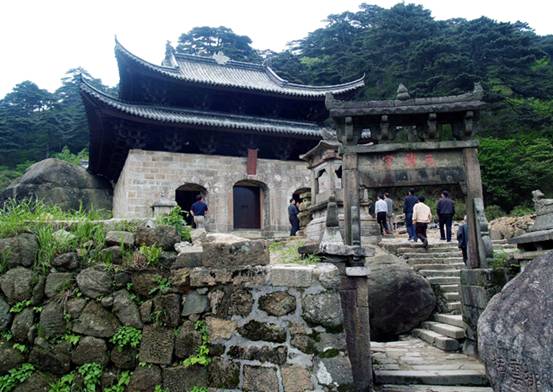
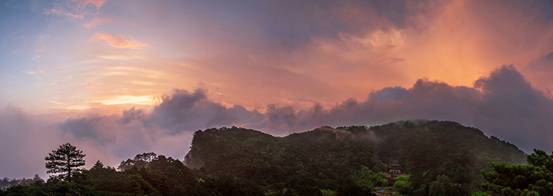
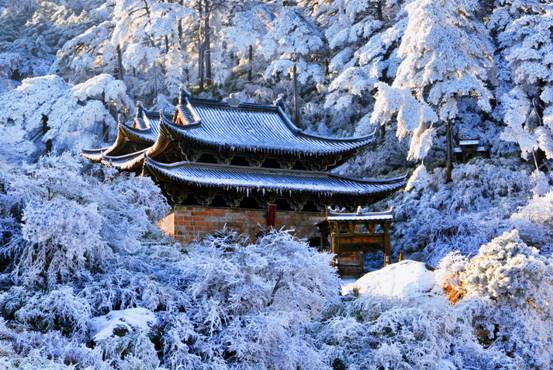
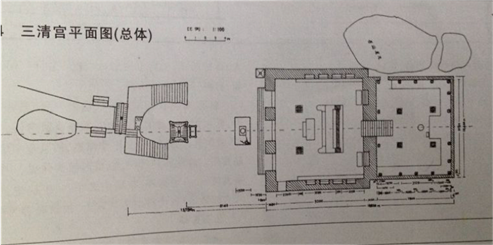
Stone ornamental Archway, following the Confucian temple style with arch structure span above the Sanqing Palace corridor, solemn and elegant. Between the two archways embeds the stone tablet carved with three characters in script "Sanqing Palace".

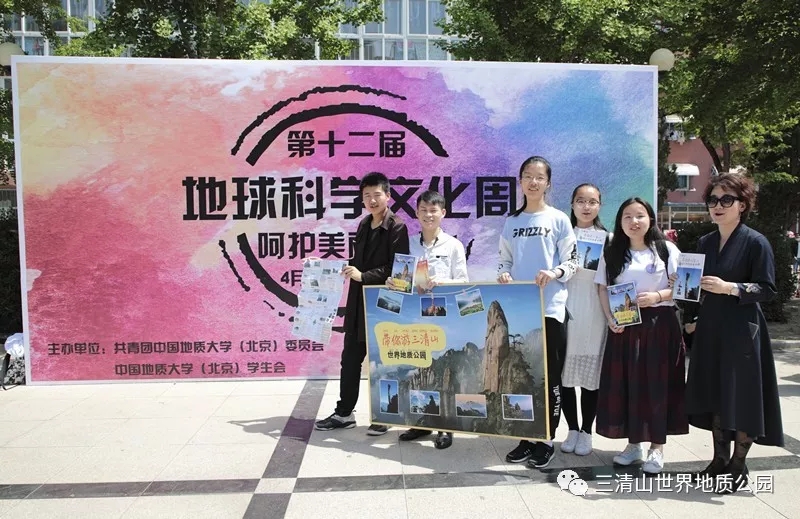
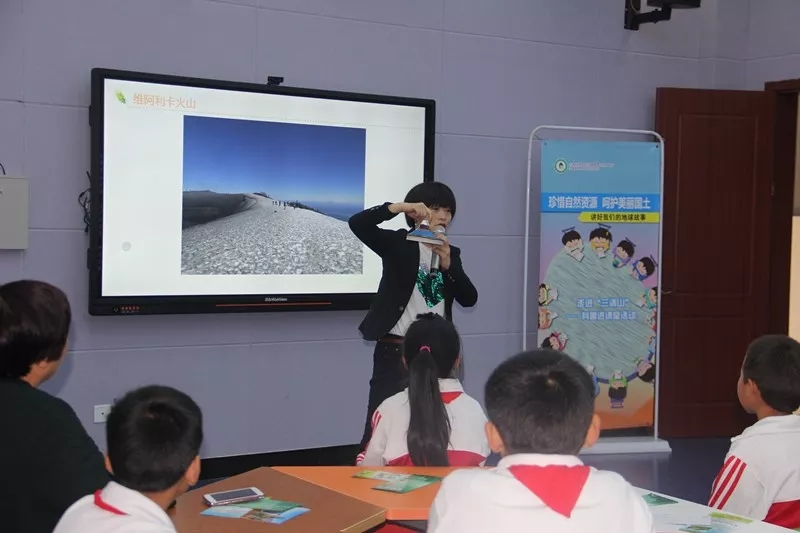
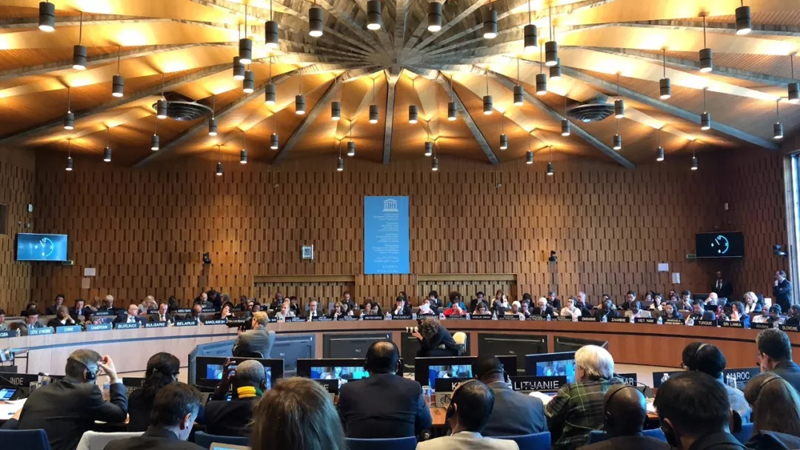
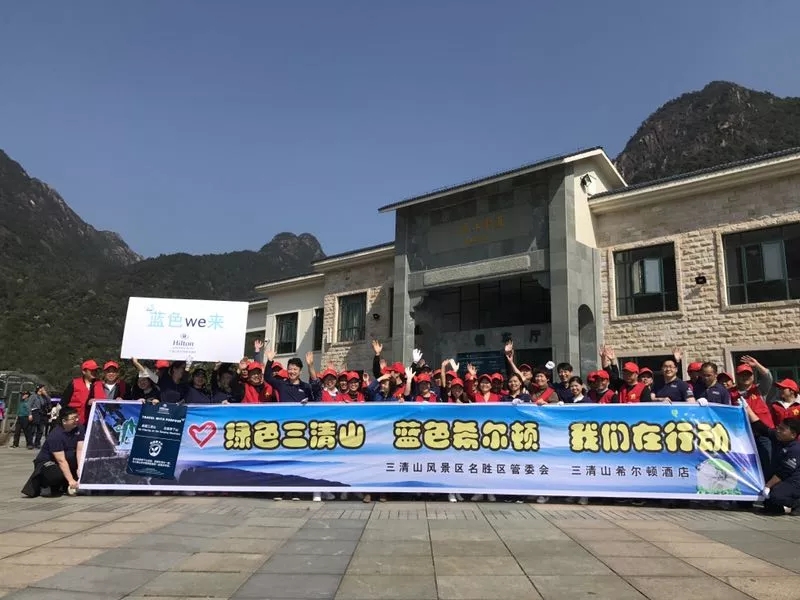
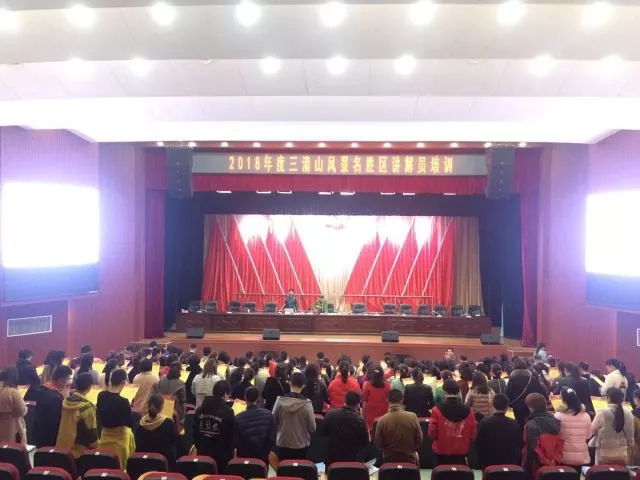
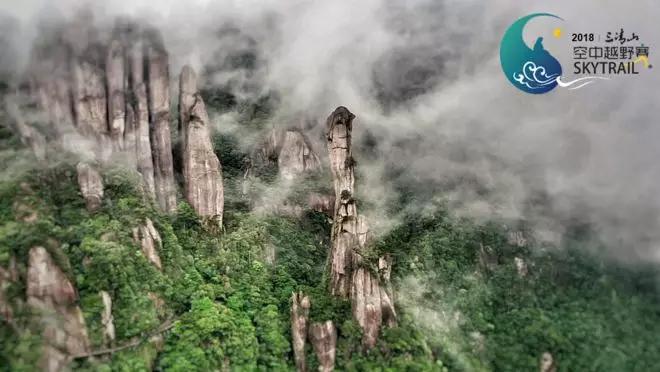








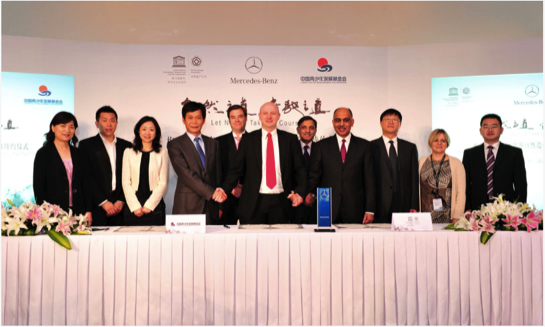
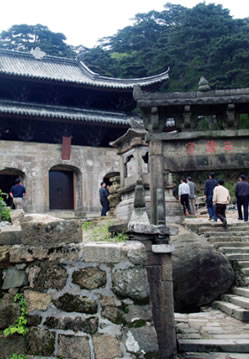
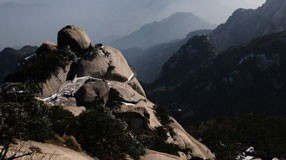
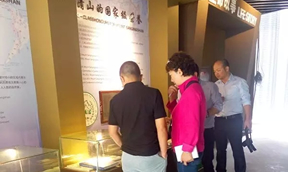
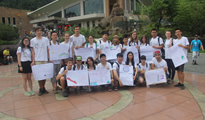
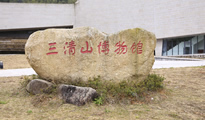
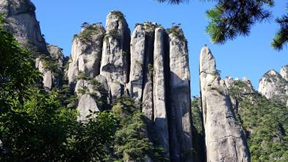
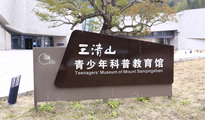
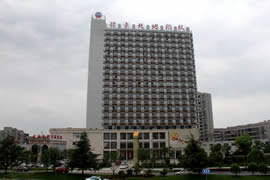







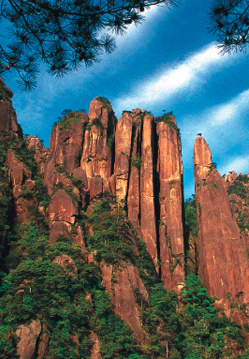
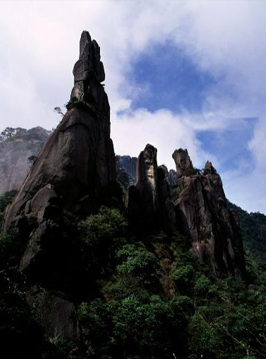
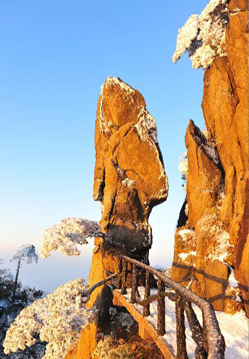
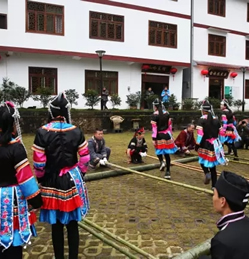
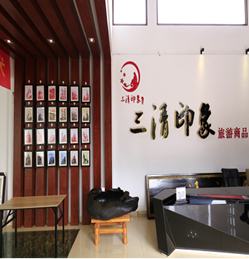
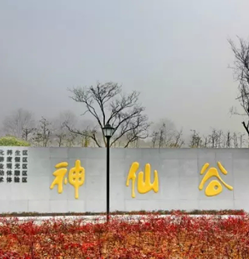




 赣公网安备 36110202000032号
赣公网安备 36110202000032号